45 - Isaac and Agnes Simpson Haston - Missouri Years
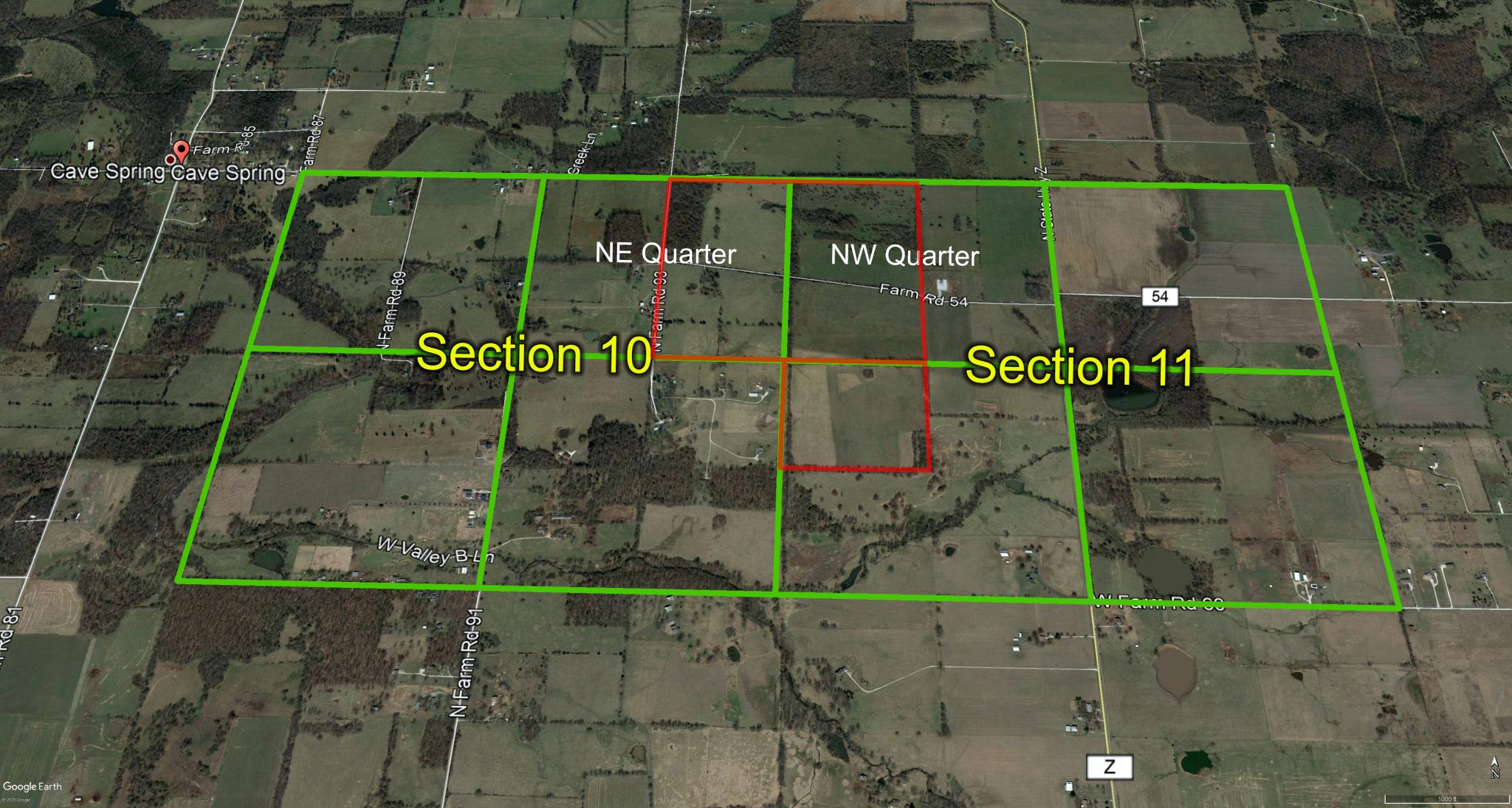
Isaac Haston lived the Great American Dream. He left Tennessee landless and broke, moved to Missouri and became a prosperous landowner in just a few years. He deserved it – he fought bravely for our country at the Battle of New Orleans.
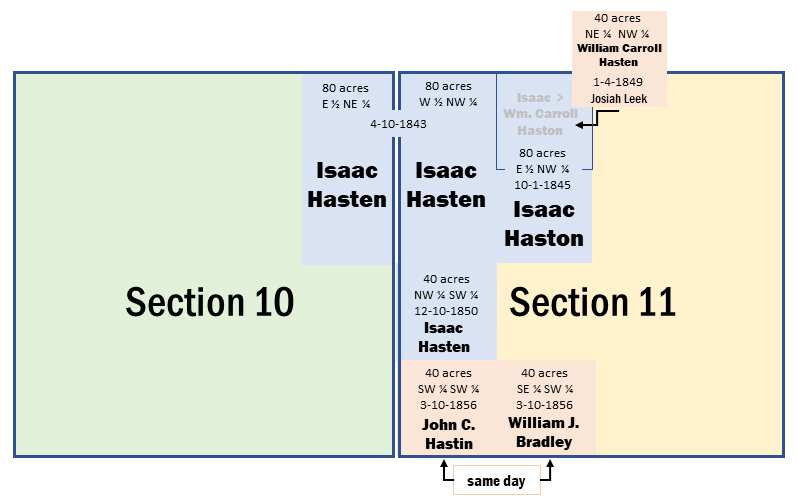
At least four of Daniel Haston’s sons and daughters moved to Missouri, as well as a good many of his grandchildren.
Early Middle Tennesseans, especially the second generation from pioneer families, sensed little or no emotional attachment to their state, their town, or their local community. Procurement of good land was much more important to them than attachment to where they grew up, or even close proximity to their nuclear or extended families. By the time the second generation came of legal age, good land in Middle Tennessee was either already claimed and settled or too expensive for start-up families. A pioneer spirit was bred into them, so naturally they loaded their wagons and carts and headed west of the Mississippi River.[i]
[i] John R. Finger, Tennessee Frontiers: Three Regions in Transition. (Bloomington, IN: The University of Indiana Press, 2001), 317-318.
The 518 mile Journey from White Co, TN to Greene Co, MO
With Actual Common Stops Along the Journey
Mouse Over Map Image to Pause Animation
Probably Fall 1836 – Isaac Hasten was one of the first settlers in Cass Township of Greene County, Missouri. The earliest settlers came “at various periods from 1830 to 1837.” In the “First Settlements” section of Chapter XXVIII of The History of Greene County, Missouri, the authors stated, “Isaac Hastings…an emigrant from East Tennessee, settled about a mile east of Cave spring about 1835.”[i] Cave Spring was one of the oldest villages of Greene County.
[i] Holcombe, 710-711; An Illustrated Historical Atlas of Greene County, Missouri, 17.
Note: In early 1836, Isaac had a debt of $40.92 to settle with a local merchant (John Kirklen) in White County, TN. On May 14, 1836, he signed (with “his mark”) an agreement in White County to pay the debt by raising a crop of corn for John Kirkland. If he paid the debt before December 25, 1836, penalties would be voided. Isaac’s debt settlement with John Kirklen in White County, Tennessee, suggests that Isaac probably did not leave Tennessee until the fall of 1836. He probably arrived in Greene County, Missouri before the winter of that year, contrary to some reports that he got there in 1835.
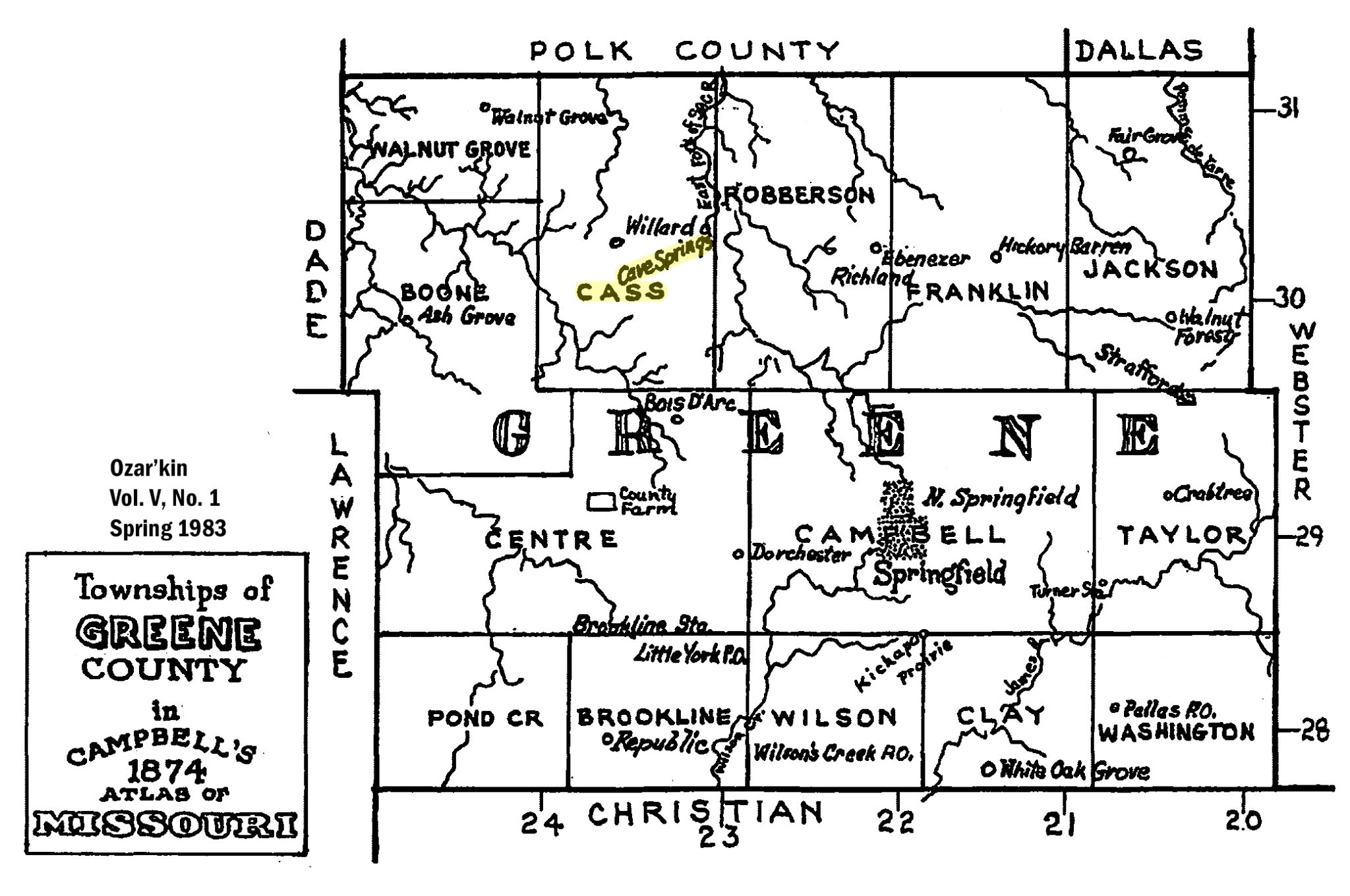
When the first settlements were made in this township the pioneers often shot deer from their own door-yards. Wolves were very plenty and gave the settlers no little trouble by carrying of their sheep and pigs. The usual privations of early settlers and pioneers were borne by those of Cass township.[i]
[i] Holcombe, 712
Early Church Life in the Area Where Isaac & Agnes Settled
Presbyterian: In the summer of 1831 a shed was erected at Cave Springs, and was called Cave Springs camp ground. It was used by all denominations for camp meetings. This shed being too small, it was extended by a brush arbor. The first camp meetings were held the last days of July and the first days of August, in the year 1831. These camp meetings were held annually, and attended by people from a great distance, who came in wagons, carts, on horseback, and on foot. On the 19th of October, 1839, a number of families from East Tennessee founded the Mount Zion Presbyterian Church at Cave Springs.

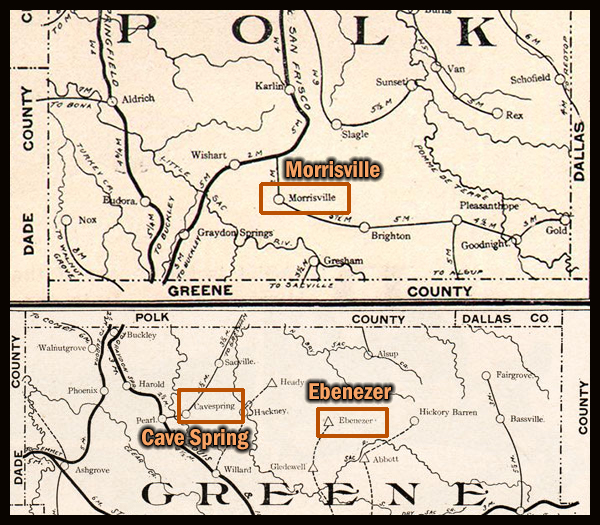
Methodist: Whether it was intentional or not, Isaac and Agnes settled in the most-Methodist area of southwestern Missouri. There is evidence that Isaac and Agnes were Methodists back in Tennessee. The Morris Mitchell family (in-law family of Lucinda Haston Mitchell, Jacob’s family) arrived in Polk County, Missouri in about 1834 or 1836, only a few months before Isaac claimed land near Cave Spring, 11 or so miles southwest of the Mitchells. The Mitchells established a campground for revival meetings. Morrisville was named for a namesake grandson of Morris Mitchell, Sr. Ten years prior to the establishment of the Mitchell Camp Ground, camp meetings were held in Cave Spring, and the Morris Mitchell clan participated in those meetings soon after they settled in Missouri. No doubt they would have had a lot of interactions with Isaac Haston and his family who lived very near Cave Spring.
The village of Ebenezer, a few miles east of the Haston home at Cave Spring, was one of the strongest centers of frontier Missouri Methodism in that early era. There was a Methodist campground there, a meeting house in 1832 for the Ebenezer Methodist Church, and later a Methodist college. Ebenezer is where Lucinda Haston’s husband, Jacob Mitchell, spent the last years of his life.
Death of the Oldest Son, William Carroll Haston
About 1837 – Isaac’s oldest son, William Carroll Hasten married Nancy Leake not long after the Hastons arrived in Greene County, Missouri. I have no date for his marriage, but let’s assume it was around 1837, when he became 21 years old. William Carroll Hasten married Nancy Leake, who was born in 1815, according to Howard H. Hasting, Sr.[i] William Carroll and Nancy lived in a one-mile-square section (Section 10) of Greene County, Missouri, adjacent to the section (Section 11) his parents, Isaac and Agnes, lived in.[ii]
[i] Howard H. Hasting, Sr., “The Daniel Haston Family” (San Antonio: unpublished manuscript, last modified 1980), 10.
[ii] Howard H. Hasting, Sr., 10.
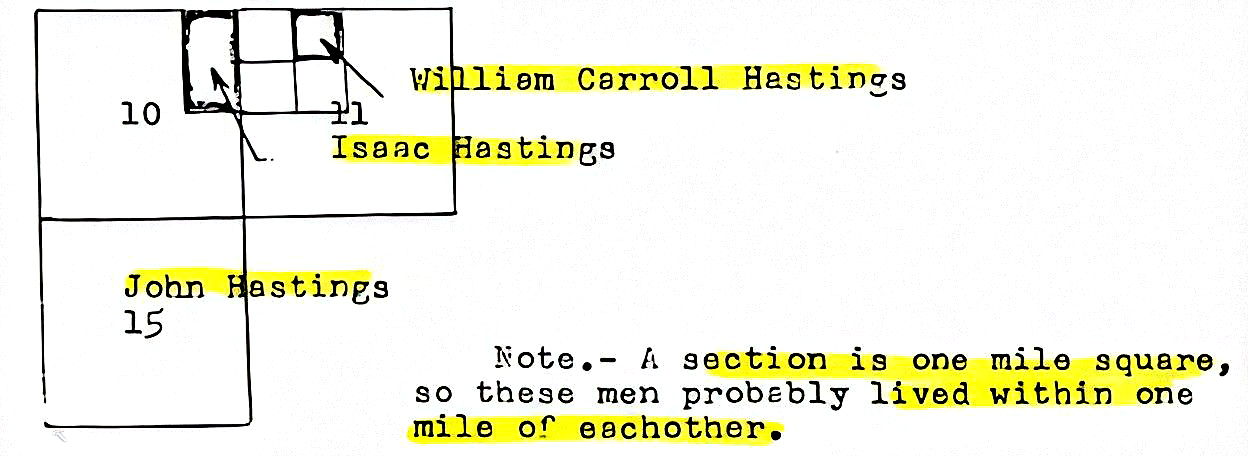
William Carroll died as a young man, approximately 29 years old, in or before August 1845, in Greene County, Missouri. He was buried in the Hastings burial ground. When William Carroll Hasten died, his father Isaac was the administrator of his estate and John Wesley Wadlow (father of Isaac’s son-in-law, Charles E. Wadlow), was one of the securities. Nancy Leake Hasten married William J. Bradley on June 10, 1847, almost two years after the death of William Carroll.
Name Change from Haston to "Hastings"
The spelling of the “Hiestandt” family name morphed down the Daniel Haston family line, but generally ended with “Haston” in Tennessee, especially as Daniel’s family became firmly entrenched in White and Van Buren County. But as Daniel’s grandkids moved west, their names morphed back from “Haston” to a variety of spellings, generally more familiar to English clerks. With the lone exception of Isaac, all of Daniel’s known sons locked in the Haston name, including two of them who moved to Missouri (Jesse and Jeremiah MC).
Isaac apparently was not literate (see his attempt to write his signature, below) and was often dependent on English clerks to spell his name. And a neighboring family in Greene County, Missouri (the John Holloway Hastings family) was from an English-rooted “Hastings” family. Combined, these circumstances may explain why clerks and some members of Isaac’s family spelled Isaac’s surname “Hastings,” even though “Hasten” or “Hastin” spellings were also common for him and his family in Missouri.


1849 – On January 24, 1848, a carpenter by the name of James Marshall was building a sawmill for John Sutter on a river in the Sacramento Valley in Northern California, when he spotted a shiny piece of gold in the river. The word spread quickly, so much so that six months later 4,000 prospectors were looking for gold on the mountain behind Sutter’s land. The following year, 6,000 wagons traveled to California from the Midwest of the United States. By 1853, the easy-to-find gold in the streams and in surface soil had pretty much been found and the rush was over.[i]
[i] Mel Friedman, The California Gold Rush. (New York, NY: Children’s Press, 2010), 7-8, 24, 39, 43.
When prospectors returned home to places like Missouri, a few were wealthy but most came home pretty much the same way they left—poor. But they returned with positive reports about rich farmable lands in the northern California valleys. The California Gold Rush would soon change the destiny of most of the members in Isaac Hastings’ family.
1850 – These people are included in the Isaac Hastings household at the time of the 1850 census (record # 1667): Isaac Hastings (age 53, born in TN), farmer; Agnes (age 52, TN); Samuel D. (age 21, TN); De La Fa [Fletcher Dilay/DeLay Fletcher] (age 18, TN); Asbury (age 17, TN); Jesse (age 15, MO); Robt. D. (age 13, MO); Hartwell G. (age 9, MO).[i]
[i] Year: 1850; Census Place: Cass, Greene, Missouri; Roll: 400; Page: 354A.

1852 – The 1919 obituary for Fletcher Dilay Hasting says that he went to California in 1852 as a part of the gold rush “with a party of early gold-hunters.”
That assertion is confirmed by an 1852 California census, which clearly states that Fletcher Hastings was in Napa County, California in September of 1852. Other members of the family apparently followed him a couple of years later.
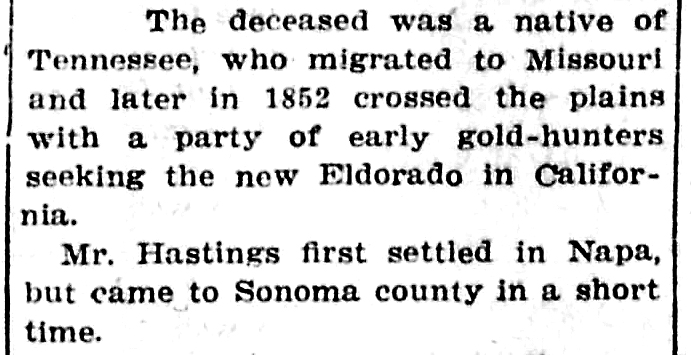
1854 – According to a family story, passed down through Isaac Hasten’s family, Isaac’s son Jesse Axley Haston traveled to northern California with his sister Isabella (Hastings) Grisby and her husband, Benjamin James Grigsby, in 1854. Jesse then returned to Missouri and persuaded his father to move to California.[i] Jesse may have returned to Missouri primarily to marry his “back home” girlfriend, Susan Smith Baker, which did occur on December 11, 1856. Another version of the story, given by Jessie Pritchard, says her grandfather Jesse Axley Hastings made his first trip to California in 1851, which would have been in the middle of the Gold Rush years.
[i] Roberta Leatherwood, “Jesse Axley Hastings – Bits ‘n Pieces,” Ancestry.com post, March 12, 2009.
1857 – “In 1857 Isaac Hastings crossed the plains to California and settled in Bennett valley, Sonoma County, where he acquired one hundred and sixty acres of land, on which he resided until his death….”[i]
[i] Honoria Tuomey, History of Sonoma County, California, Volume II. (San Francisco, CA: The S.J. Clarke Publishing Company, 1986), 831.
In the next article, you will learn about Isaac and Agnes Haston’s journey to California and a summary of the family’s years there.
The Two Sons Who Remained in Missouri (and Texas)
John Wesley Hastin
August 5, 1841 – John Wesley Hasten, who was born January 27, 1823 (probably in White County, Tennessee) married Anna Brown on August 5, 1841 in Greene County, Missouri. He acquired land in Dade County and Cedar County, Missouri.
John Wesley Haston, the oldest living son of Isaac and Agnes, was apparently a Confederate sympathizer. As early as 1865, J.W. Haisten was on the Fannin County, Texas tax list with 105 acres.[i] Lots of pro-Confederate Missourians fled to Texas during or after the war to escape Federal guerillas and there are several reasons to believe J.W. Hastin was one who fled.
[i] “Fannin, Texas, United States Records,” images, FamilySearch (https://www.familysearch.org/ark:/61903/3:1:939F-W6Y2-Z : September 16, 2021), image 1115 of 1238; Texas State Library. Archives Division (Austin, Texas).
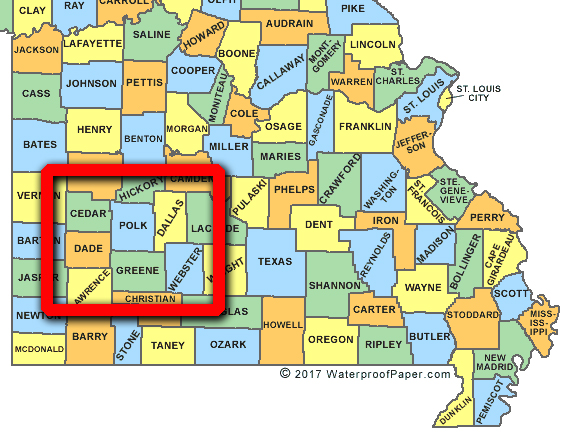
Samuel Douthard Hastin
May 20, 1851 – Samuel Douthard Hastin, at age 25, married Sarah Ann Long on May 20, 1851.[i] The ceremony was performed by a Justice of the Peace in Cedar County, Missouri, where Samuel Douthard lived the remainder of his life, about 50 miles northwest of Springfield, Omer, Missouri in Cedar County. Uncle Dow, as he was known, was a stone mason.
[i] Missouri State Archives; Jefferson City, MO, USA; Missouri Marriage Records [Microfilm].
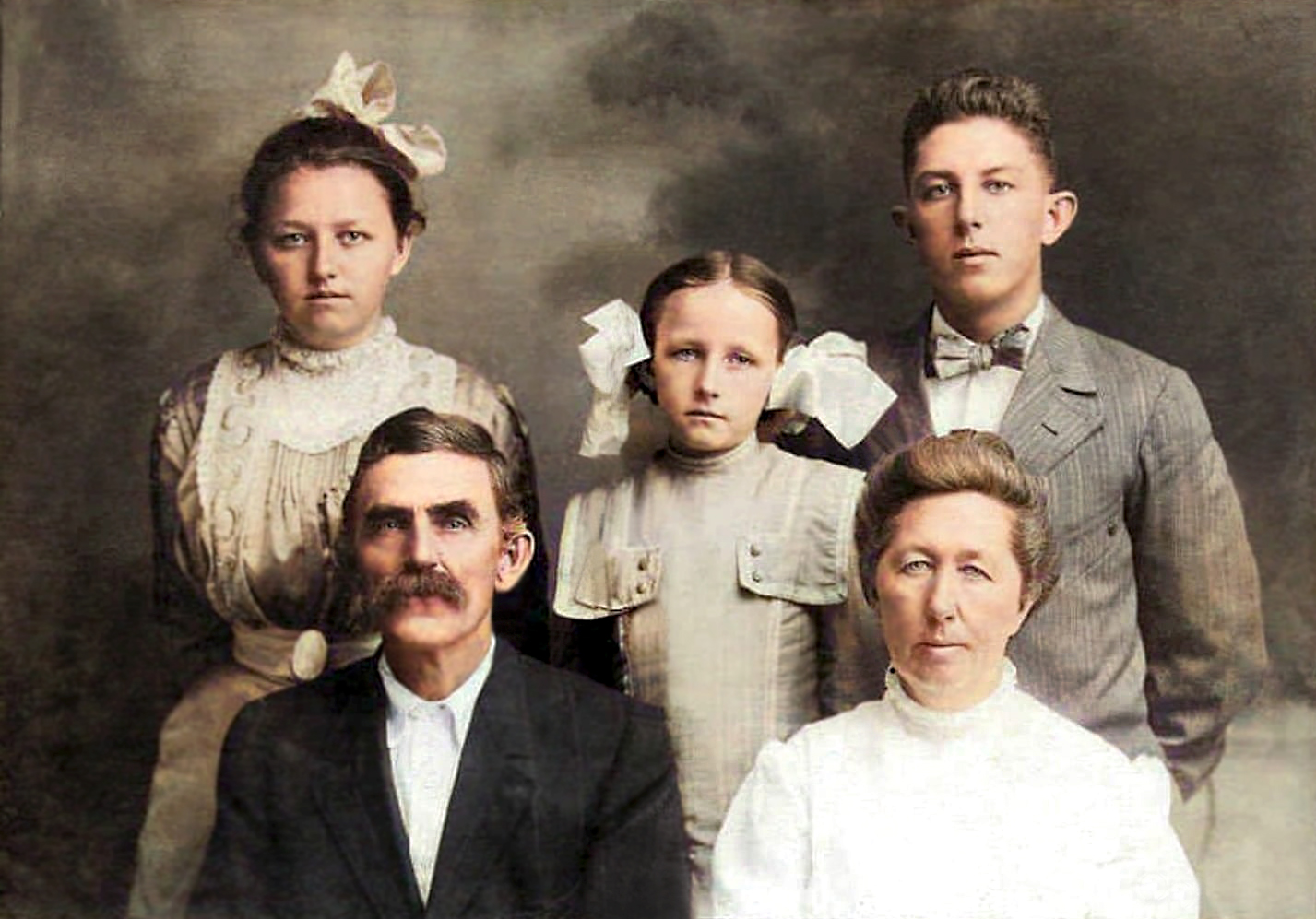
If you appreciated this article, please share it with others who might also enjoy it.

